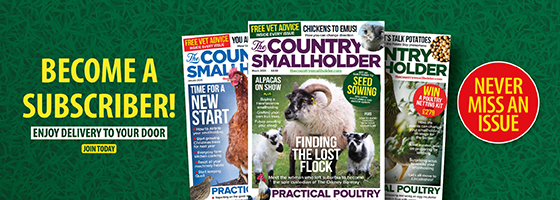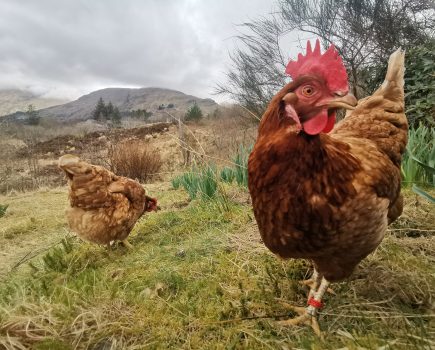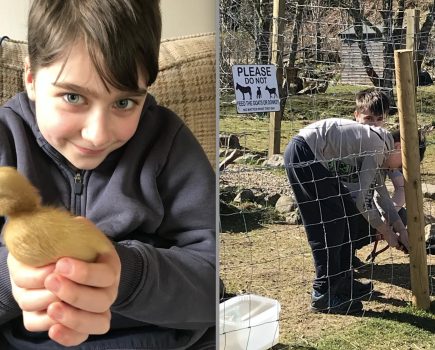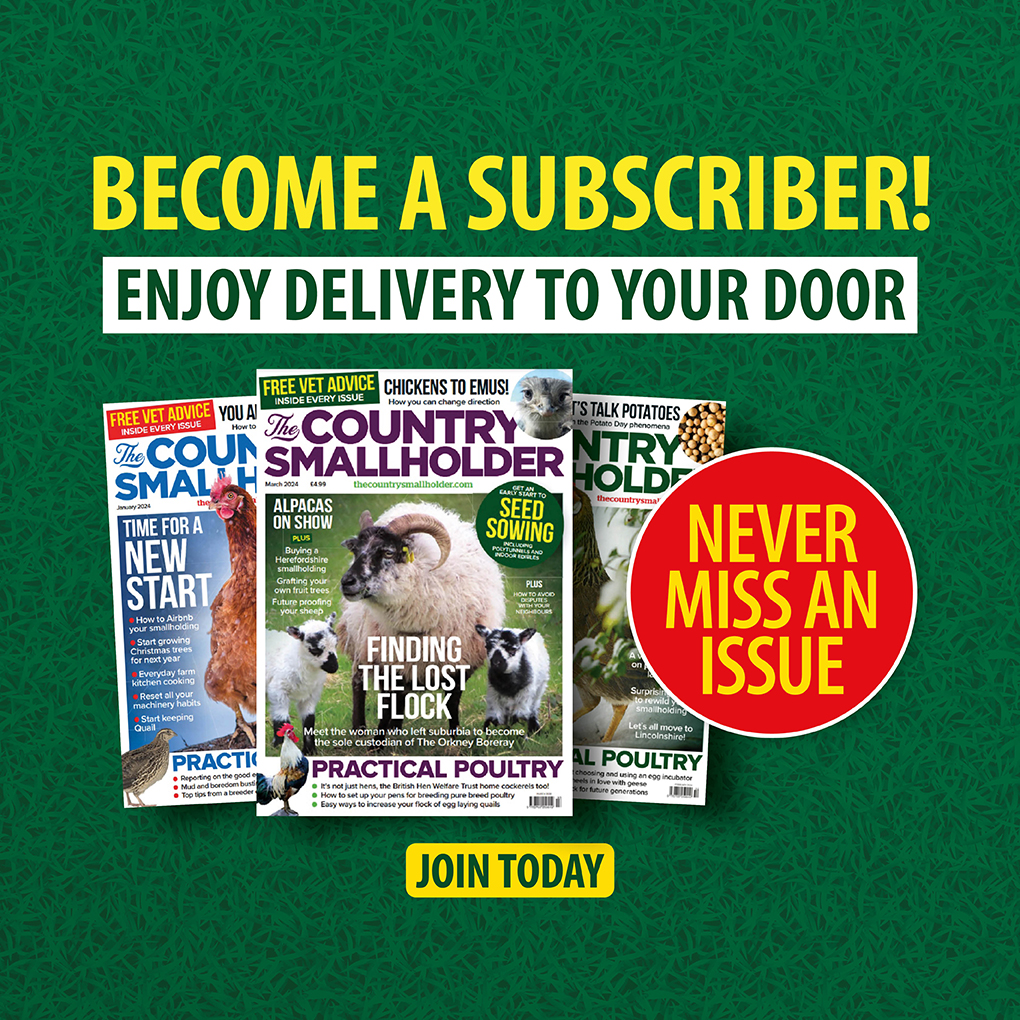Debbie Kingsley shares her experience on why new smallholders often encounter more than their fair share of problems
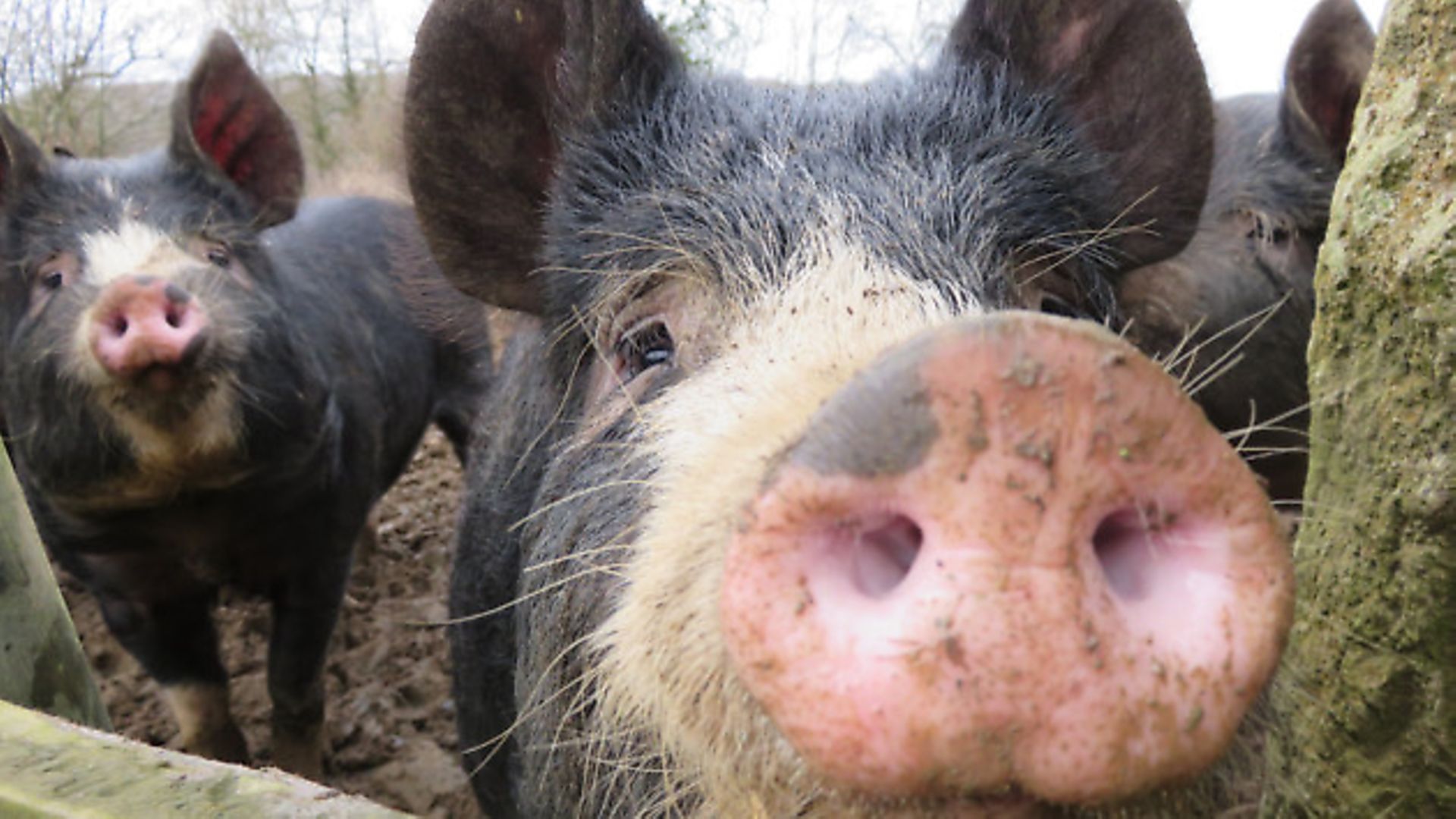
Don’t let anyone tell you otherwise – smallholding is a challenging occupation. As a sector, we might be small scale, but we’ve definitely got our fingers in lots and lots of pies. It starts off with a couple of hens. Then ducks and perhaps a trio of geese join the fray. An orchard is planted, some bees acquired, the small vegetable patch is enlarged and a greenhouse or polytunnel erected. Before you know it, sheep, goats and a house cow are in place, and because it’s not that much more hassle, rabbits, quail and turkeys are added to the mix.
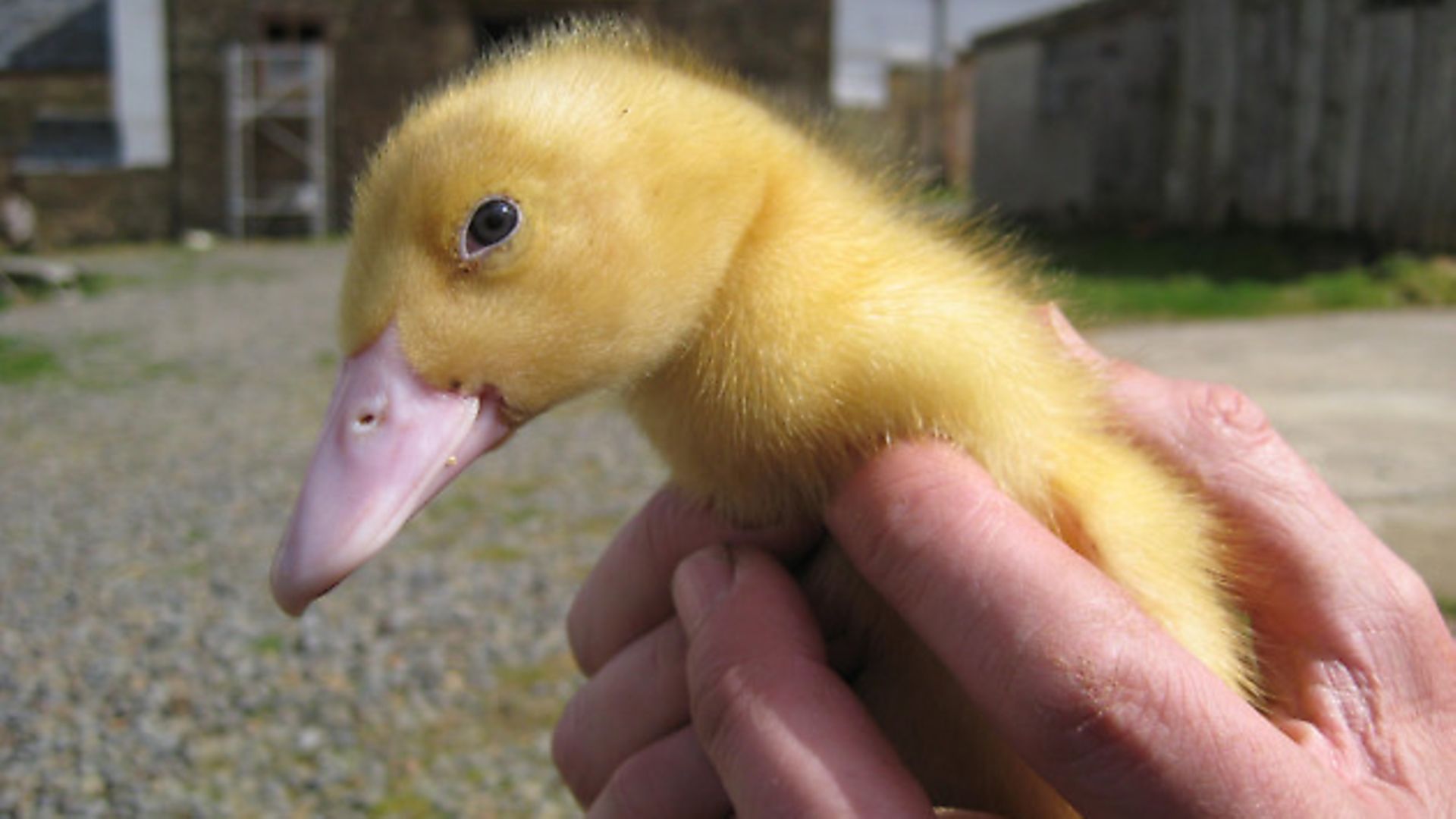
It’s a natural and common progression for many. Some will acquire all their desired smallholding components in a few months, while others take years, depending on whether you’re the jump-into-the-deep-end or take-it-slowly sort of smallholder.
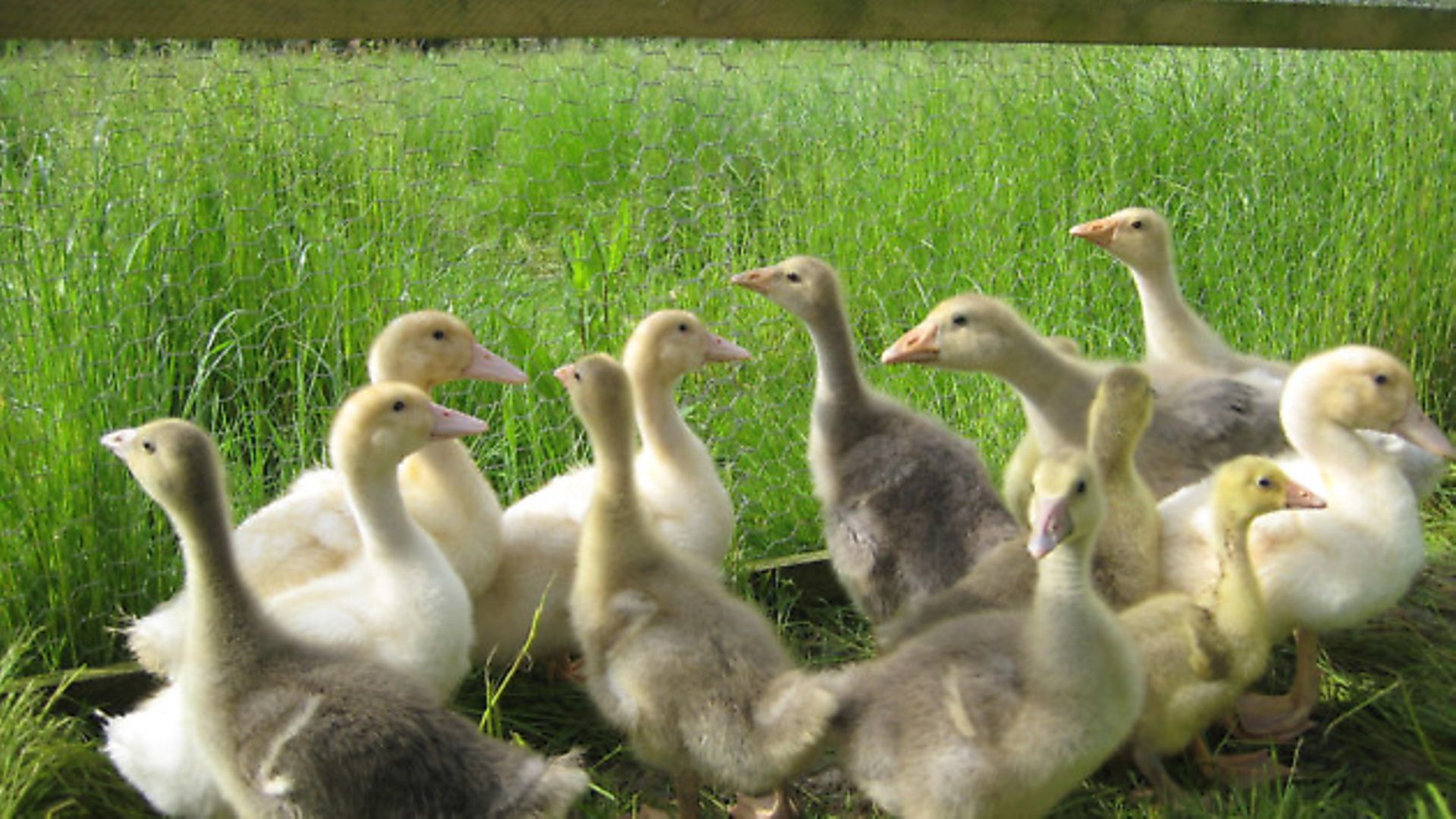
Every one of those elements requires not just ambition but skill and knowledge, and these cannot be acquired instantaneously. The arrival of sheep on your holding does not make you a shepherd, just as baking your first batch of sourdough loaves does not make you a baker. What is really exciting is that it’s a first step in that direction.
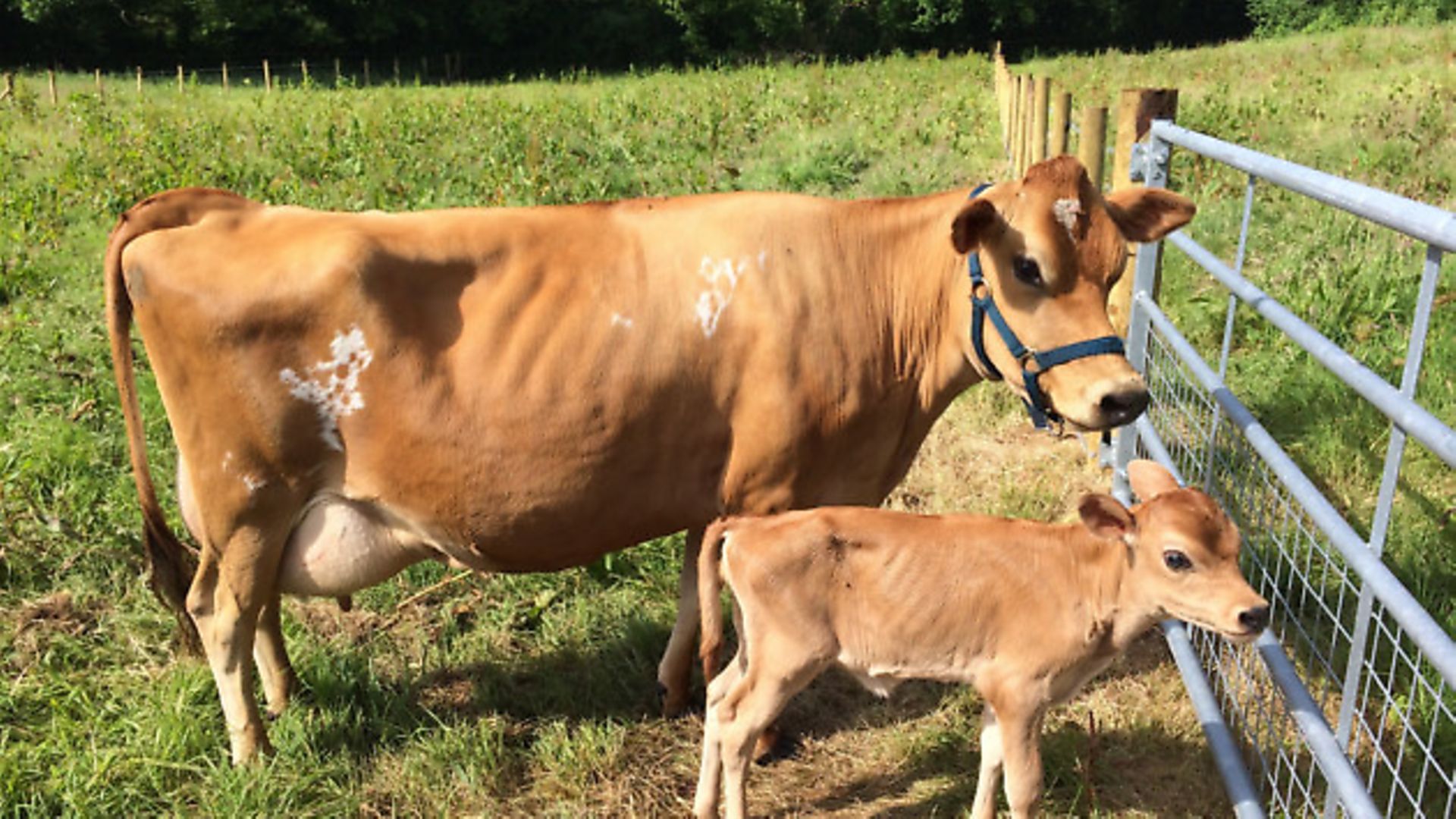
What can’t be underestimated is the intellectual challenge involved in smallholding. There is a huge amount to learn and put into practice; this is not an academic exercise after all, it’s the best kind of action learning, learning by doing, alongside gathering expertise and implementing it effectively. There’s no getting away from it, new smallholders often encounter more than their fair share of problems, and part of that is because you’re learning, and you make mistakes. The important thing is to learn from those mishaps and develop better practices as you go along. Inexperience and lack of knowledge combined with an enquiring mind will resolve itself over time – your experience and knowledge will grow and your husbandry will improve.
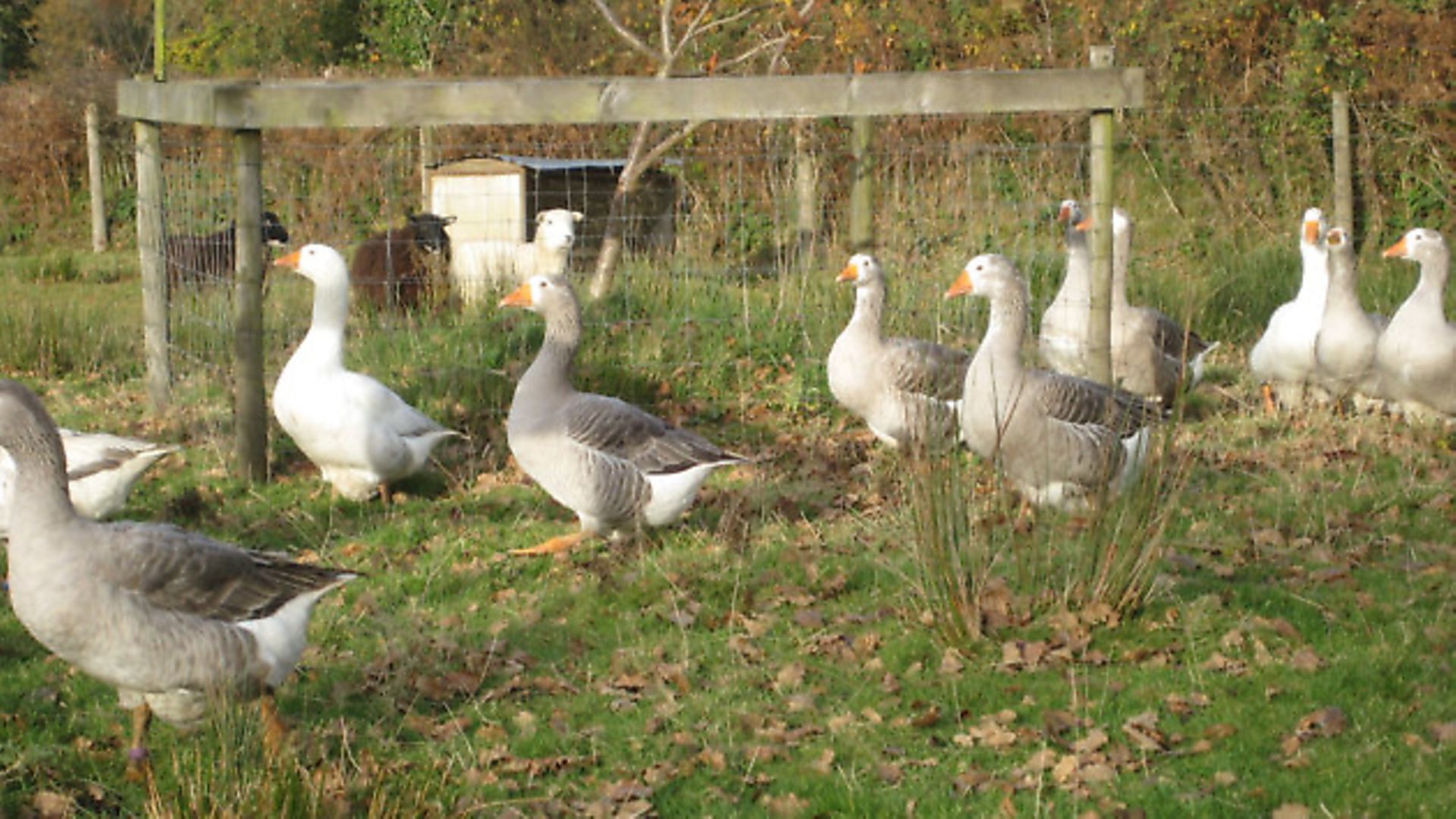
Buying good stock
Newcomers need to appreciate that inevitably people sell off problem livestock.
I’ve heard new smallholders giggle at having offloaded poor stock to someone even newer at the game, only to fail to realise that that’s exactly what happened to them. I’m not suggesting for a moment that all livestock for sale is substandard, of course it’s not. But it’s difficult to know the questions to ask until you are more experienced. You want to know why stock is being sold, whether a ewe or doe has had trouble-free lambings/kiddings, and check the age and sex of the animal, the soundness of its feet, its health history, what medication has been used and why. We sell livestock every year, and make sure anything not completely up to scratch goes for meat; you want to buy from someone who has a reputation to uphold, so don’t plump for what’s going cheap as it can be an expensive mistake once vet bills are included. Where possible, take someone knowledgeable with you to look at potential purchases and don’t feel pressured to buy anything you’re not sure of. It’s why I suggest people don’t take excited children with them to buy livestock unless they’re able to say “we’ve decided not to purchase, thank you” without causing understandable youthful tears and worse.
Beginner troubles
So what are the kinds of problems that we see troubling the newbie smallholder?
If you’ve moved to a new area, finding where to source materials, equipment, feed and livestock is a challenge, but your network of good contacts will grow. As will your knowledge of what to avoid.
The regulations can often confuse beginners; www.gov.uk is the primary source for all livestock related regulations, and when something stumps you because it’s framed in language only a bureaucrat can understand, pick up the phone and talk to an adviser.
Being realistic about stocking rates is challenging for first-timers on land they don’t know. There are guidelines for the numbers of sheep, pigs and cows that can be kept per acre, but the reality varies hugely depending on the particular land parcel, its location, soil type, grazing history, pH, rainfall and herbage. It’s far better to under-graze to begin with and add to your numbers once you get a good feel for your new patch and the requirements of your animals.
Having somewhere animals can be brought inside for treatment and care is often underrated. Yes, making a pen with hurdles in a field is do-able, but access to a shed or barn with the necessary bits of kit to hand, plus electricity and water, makes life that much easier.
Normal signs of health and well-being and indicators of problems are something you build through regular observation as well as reading and training. I was asked recently by a first-time lamber what they could do to stop sticky toffee-like poo being produced by their lambs, and they were surprised (and reassured) when I told them it’s perfectly normal and that no preventative measure was required.
Knowing how much and what to feed your animals and being aware that you can’t just give a bit of generic feed to everything from quails to cows all requires knowledge, as does the fact that pigs need feeding twice a day, unlike sheep who will get what they need from grazing grass or from hay in winter months (with other feed only needed in the lead up to lambing). And related to this is the appreciation that all livestock requires access to a constant supply of water; not something that might appear necessary to beginners.
I’ve had more emails than you might imagine from new duck owners worried that their drake is trying to strangle and/or drown their ducks when all that is taking place is mating. The observation was good, the knowledge less so, but there is absolutely no such thing as a stupid question; ask people you trust who have plenty of experience and whose stock is gleaming with health.
A common question I get asked is “how often do you get the vet out to one of your animals” and the answer is “once in the last decade for sheep, never for poultry, and whenever necessary for the cows”. That’s because we’ve been keeping sheep for 25 years, if a bird is poorly we’ll treat or dispatch it ourselves and cows are too valuable to risk. As a new smallholder, expect to need the vet more frequently and use their visit as an opportunity to learn. The number of vet visits will tail off as you become a better diagnostician and more familiar with appropriate treatments.
Debbie and her husband Andrew run smallholder courses on their farm in Devon: www.smallholdertraining.co.uk
Image(s) provided by:
Archant
Archant
Archant
Archant
Archant


